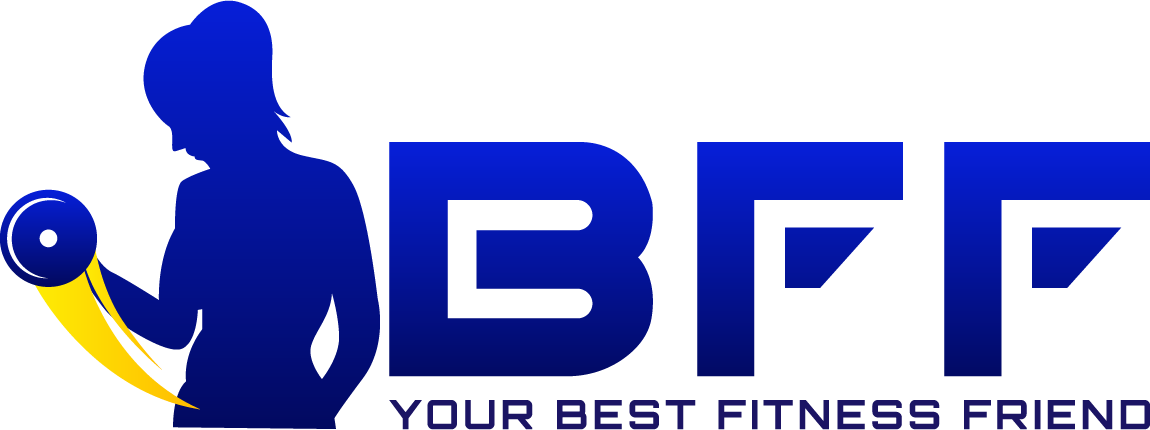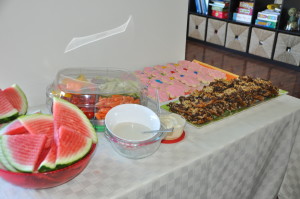I have an after-Christmas and early New Year’s gift for you!
Almost every client has a list of questions before we begin working together. At the top of their list, regardless of their objectives, is ‘What can I eat?’ This tells me that most of them understand that their food choices have the biggest impact on a healthier lifestyle. This can also be the most difficult aspect to maintain consistently. You agree, right? We just finished the Christmas Cheesecake from a neighbor-so I feel your pain!
So the Gift is the compilation of a list of good choices you can use as you start the new year on a healthier path! If you find that going it alone is not working for you-call or contact me, I am here to help!
Enjoy moderate servings* of these foods:
Protein rich and low fat
Lean meats, fish and poultry
Beans, lentils and soy foods (however, some people are sensitive to soy, it makes them retain weight, so observe these choices carefully if your weight loss stalls)
Low-fat or reduced fat cheeses
Egg substitutes and some whole eggs
Unsweetened or artificial sweetened yogurts
You can have some caffeine/coffee
Heart healthy fats
Avocado
Vegetable oils, especially olive oil (extra virgin), canola oil and nut oils (not coconut or palm)
Salad dressings especially those with the above approved oils
Foods that are protein rich and contain healthy fats
Nuts (preferable non roasted and unsalted) and seeds
Fatty fish
Enjoy as much of these foods as you want:
Sugar free gelatin – your dessert and fruit (for first few weeks) substitute
Non starchy vegetables (not potatoes, winter squash, corn)
Avoid these foods:
Starchy foods except beans, this means no potatoes, pasta, rice, fried or battered foods
Sugary foods, including fruit temporarily; when you do eat fruit, stick to those with skin: apples, grapes, pears, etc.
Alcohol
Milk (temporarily)
Steps to success:
- Eat foods that are as close to their natural state as possible. Fresh is best, then frozen, then canned-hardly ever bagged or boxed (unless frozen/fresh).
- Don’t skip meals- instead eat three meals, and two snacks. This equates to feeding your body every 3-4 hours. This keeps your blood sugar level and helps you avoid hunger. Hunger is more easily controlled when your blood sugar is regulated.
- Avoid heavily processed foods, they have been altered from their natural state and are not as good for your body. When shopping, spend most of your time –and money- around the outer edge of the store where the fresh, less processed foods reside. The closer you get to the center of the store, the further you (usually) get from the natural and healthy types of foods.
- You do not need to count calories, just make THEM count!
- Engage in light to moderate exercise during the first phase-2-4 weeks. This will keep you from driving your blood sugar levels too low.
- Get plenty of sleep. You may experience some lack of energy as your body adjusts to the adjustments to your food plan.
- You do not need to restrict salt, while you should drink more water-at least 8, 8oz glasses up to half your weight in ounces. The lack of starchy/sugary foods in your food plan will cause the body to flush out excess fluid. The salt will allow the body to retain some water. Drinking lots of water does several things-including: filling you up so you eat less, hydrating you when you need it, and some studies show that it increases your metabolic rate, meaning you burn more calories, and, similar to when there is a lack of food, your body responds to too little water by retaining it.
- Tell yourself you need to stick to the program each day. Each choice, each meal, each day is a victory and you should acknowledge each accomplishment.
- You may experience some crankiness during this time. Your body is going through some changes-good ones, but be patient with yourself. Each day gets better.
- Focus on your successes, each day that you remain focused is one day closer to achieving your goals.
- Planning is key. You should plan your meals and snacks for the week and you should spend time prepping for those meals.
*Moderate portion guides: (You don’t have to weigh and measure, just use these to ‘eyeball’ it; if you are choosing the right things, this should be sufficient :0))
Protein=make sure it is as lean as possible, portion = deck of cards or cell phone
Cheese=for a snack (cheese stick), or on salad or other recipe, portion=lipstick tube unless reduced fat
Fruit=phase one of SB=zero! Later you can add in fruit, start with apples, grapes and pears, fresh with skins on them, portion= one cup (about the size of a regular yogurt cup)
-NEVER fruit juice, too much sugar!
Vegetables- no starchy ones like potatoes, corn-one to two cups-about the size of your fist
I hope these suggestions help as you begin or continue your journey to a healthier you in 2015! Remember, contact me if you need a helping hand!
Be well, Your Best Fitness Friend
References:
Agatston, Arthur, M.D. (2003). The South Beach Diet. [Kindle version]. Retrieved from
Alexander, Dari. (2013). The Quick and Clean Diet. [Kindle version]. Retrieved from http://www.amazon.com
Heller, Marla. (2012). The Dash Diet Weight Loss Solution: 2 Weeks to Drop Pounds, Boost Metabolism and Get
Healthy.[Kindle Version]. Retrieved from http://www.amazon.com



Recent Comments